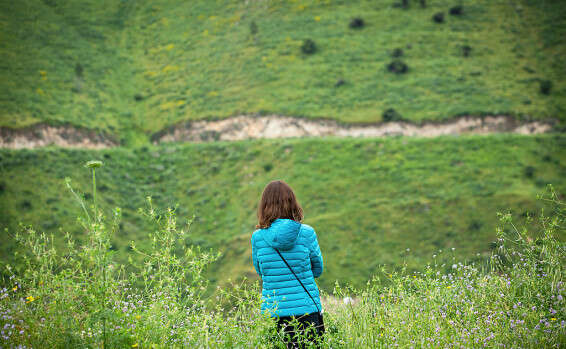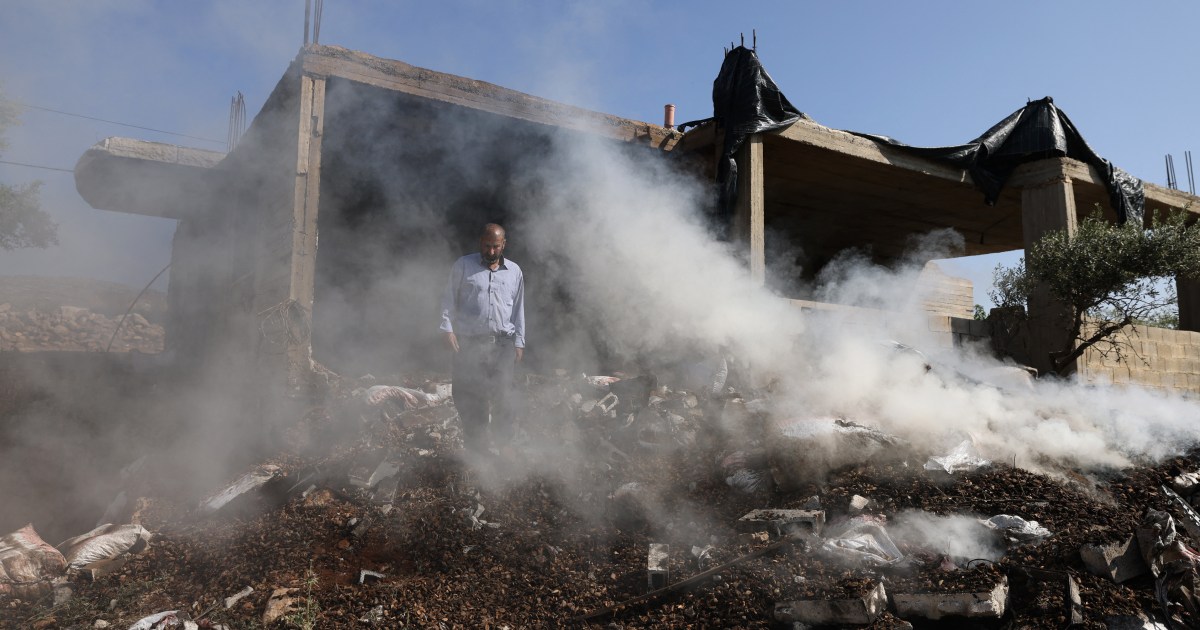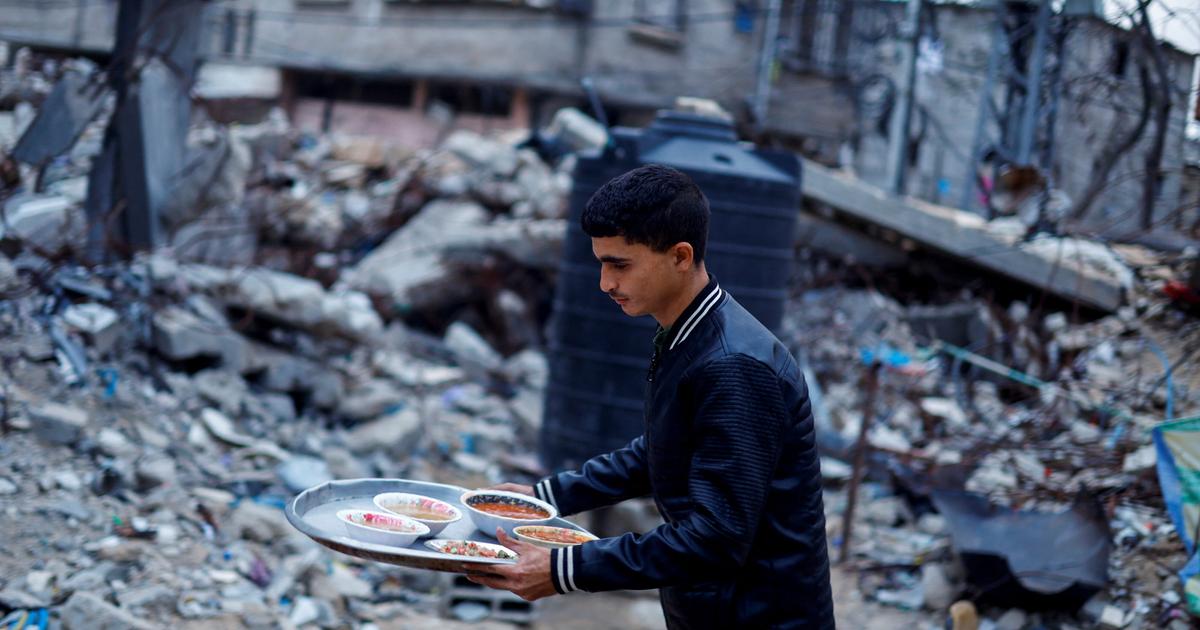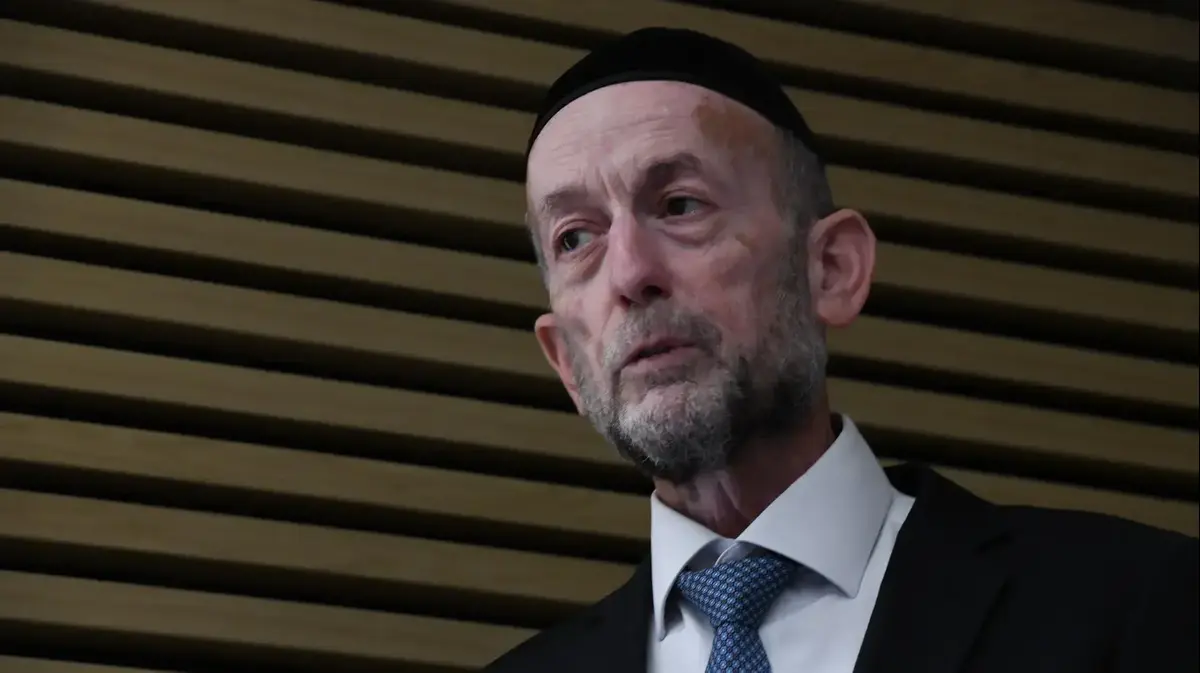"Nature Report" reveals that over 50 square kilometers of open space have been converted into building areas • dozens of endangered bird species
Photo: Moshe Shay
Loss of open space and species extinction: A difficult snapshot emerges from the "National Nature Status Report" published this morning (Monday) by the weaver - the National Nature Status Program.
According to the report, the third in a number published, ongoing damage to natural ecosystems is taking place in Israel, as is the report on the rapid rate of loss of open space, which is particularly high in the center and north of the country.
To illustrate, every year open areas of the size of the city of Carmiel become built-up areas, while simultaneously natural and forested areas of Herzliya's area become agricultural areas.
It has also been found that on the margins of development and construction centers, populations of bursting and invading animals are based, including poultry species that also penetrate areas that are relatively remote from communities.
According to the updated Red Book data, 65 (about 30%) of the 213 species of nesting birds in Israel are endangered.
Over 50 square kilometers of open space have been converted into built-up areas
Israel has lost 52 square miles of natural and forested land for agricultural land from 2017-2014. In addition, during those years 56 square miles of open space (natural, wooded and agricultural areas) were transformed into built-up area. The average conversion rate of open areas for built-up areas in 2017-2014 was 20.8 square kilometers per year. This rate is significantly higher than the conversion rate measured in the last two decades. .
"30% of Endangered Birds, // Photo Archive: Coco
As part of the national monitoring program, there has been a proliferation of living areas and populations of several mammal species from human escapes in the desert areas of Israel, including a fox, a golden fox and a spurs. The large populations of these species have a negative impact on ecosystems. The wild golden species, the fox, the spotted and the mongoose were observed near the centers of human activity (localities and agriculture). In contrast, species that are sensitive to human activity, such as Israeli deer, Negev deer and striped hyena, have been observed mainly in distant areas of human activity. Native bird species and especially specialized species such as dwarf sharks, large catfish and mountain papyas have been observed mainly away from development and construction centers.
In Israel hundreds of invasive species, animals and plants. The proliferation and establishment of invasive species is considered to be one of the key threats to local biodiversity and ecosystem functioning. From 2010–2018, at least nine new invasive plant species were added to Israel. This species is in the early stages of propagation in the country, and one of them, bluish tart, is on the list of the 100 most harmful invasive species in the world. In addition to the bluish variety, the found Maine also continues to expand its distribution to the depths of the natural area in the Mediterranean and to the centers of human activity in the desert environment. Its spread threatens to nurture native bird species.









